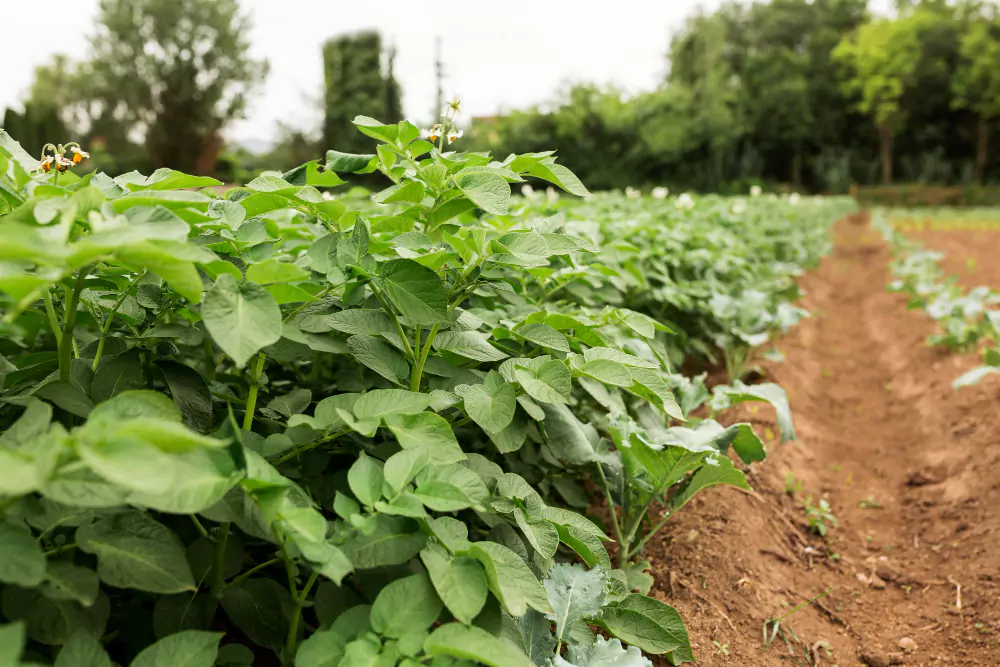Nickel ( Ni), a component of urease and hydrogenase, is an essential micronutrient for plants, required in exceedingly small quantities (<0.5 mg/kg dry weight). First recognized by Brown and colleagues in the late 1980s, nickel was officially listed as the 17th essential element for plant growth in 2004.
Nickel’s primary role in plant nutrition is activating urease, an enzyme that helps convert urea into usable forms of nitrogen. Without nickel, urea can accumulate to toxic levels in plant tissues, leading to necrotic leaf tips and impaired nitrogen metabolism.
Nickel deficiency is rare but is prominent in soils that are acidic, sandy, or low in organic matter. Soils with pH >7 often reduce Ni²⁺ bioavailability, hampering plant uptake. Nickel deficient plants may display symptoms such as leaf tip necrosis, stunted growth, and lower yields. Field trials, such as those in Florida’s acidic sands, showed improved yields in potato, bean, and wheat after nickel supplementation.
Additionally, nickel helps protect plants against diseases. According to a study, it has been found that the application of nickel to the roots of cowpea plants, which contained only 0.03 mg/kg Ni dry weight, effectively reduced leaf fungal infection by 50%.
Despite its benefits, excessive nickel is toxic to the plant's health. High Ni levels can inhibit seed germination, impair photosynthesis, stunt growth, and disrupt nutrient absorption. Hence, the strategic application of nickel typically via soil or foliar micronutrient blends is crucial.











